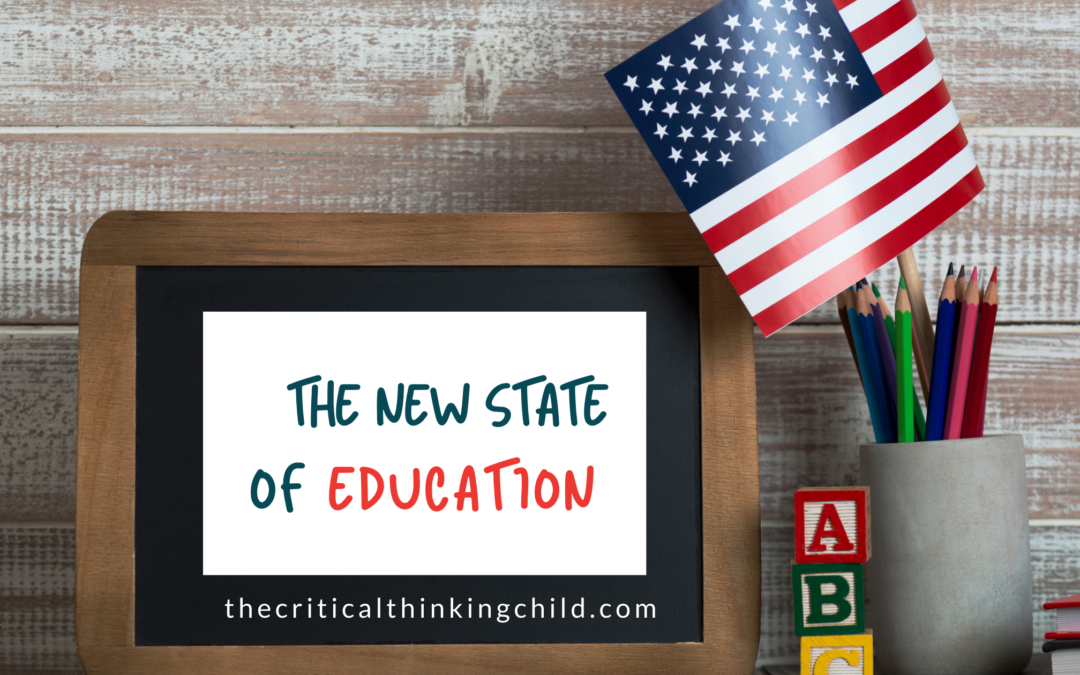The landscape of our education system has changed in many ways since the pandemic arrived last year, bringing new challenges with it. What does this mean for your child, and what can you expect from American schools moving forward?
The federal government has a 2-year plan with a large amount of funding for programs and strategies that aims to close the learning gaps created by the pandemic. Within your district, you may see that your school’s summer break has been shortened or the length of the school day increased. You might even see an increase in the number of after school programs available for enrichment.
Today we’ll take you through 5 key learning gaps caused by the pandemic. We’ll briefly explain what the gaps mean and then give you some doable tips to help your child at home.
Key Learning Gaps
1) Pre-K students need to develop kindergarten readiness and foundational skills.
Many families opted out of pre-k or found their children’s preschools closing at the onset of the pandemic, resulting in a class of rising kindergarteners who lack school readiness and foundational letter and number skills.
What you can do: If your preschooler falls into this category and you’re comfortable with it, try hosting some play dates with children of the same age. Socialization with peers is a huge part of kindergarten readiness, so one of the easiest things to do is make sure your child interacts with other children before starting school. Academically, you can make letter practice fun by writing with sidewalk chalk or sand in the sandbox. Starfall is an educational website that has great free and fun resources for early reading practice!
2) Kindergarten students who did not have a year’s worth of instruction need to solidify their math and reading skills to prepare for first grade.
In particular, rising first graders who missed large portions of kindergarten will be missing fundamental skills like letter names and sounds, sight words, and reading patterns.
What you can do: If you’re worried about your rising first grader, read together as a family! Even if your child isn’t an independent reader yet, listening to stories is a great way to develop reading skills like one-to-one correspondence and left to right directionality. As with rising kindergarteners, you can make sight word practice fun by using hands-on methods like writing in sidewalk chalk outside.
3) Many students in grades K-5 grade have been identified through performance data as struggling academically.
Data has shown that students in grades k-2 are showing more learning gaps in reading due to lost instruction, while students in grades 3-5 tend to struggle more in math.
What you can do: With math instruction, it’s crucial to figure out exactly where the gaps are. Ask your child’s teacher for specific data on your child, or ask them to recommend a diagnostic tool that you can use at home. Once you find out the specific skills your child is missing, you can work to close those gaps. Prodigy is a fun math computer game that differentiates for specific levels and skills, and Khan Academy has great instructional videos if you just cannot figure out how to explain that long division problem.
4) 6-8th grade students might have missed part of the year’s instruction.
Although many middle schools offered remote instruction throughout the pandemic, students may have slipped through the cracks due to inconsistent internet or computer issues.
What you can do: For middle schoolers, it’s best to reach out to the school directly to get a syllabus for the course. This will allow you to complete missed assignments or fill in any gaps in knowledge. If your child is really struggling, you may want to ask the school for recommendations for tutors. Many teachers even tutor on the side! If you cannot find anyone locally, CTC offers virtual private tutoring. To learn more, click here.
5) Enrichment is needed for those who must prepare for promotion or a high stakes exam.
With all “extras” being cut due to the pandemic, enrichment programs were hard to find. This means that students preparing school-based standardized tests or college entrance exams had limited opportunities for enrichment and preparation.
What you can do: While it’s not the same as a face-to-face program, consider investing in a few high-quality virtual instruction. Select programs that teach testing skills and have several practice tests so your child knows what to expect. As more and more people get vaccinated and schools begin to reopen, enrichment programs may resume again, so it’s worth asking your child’s school if any opportunities are available.
No matter the age or challenge of your child, there are resources out there to help. Just keep a growth mindset of continuous learning and get ready to see those gains!



